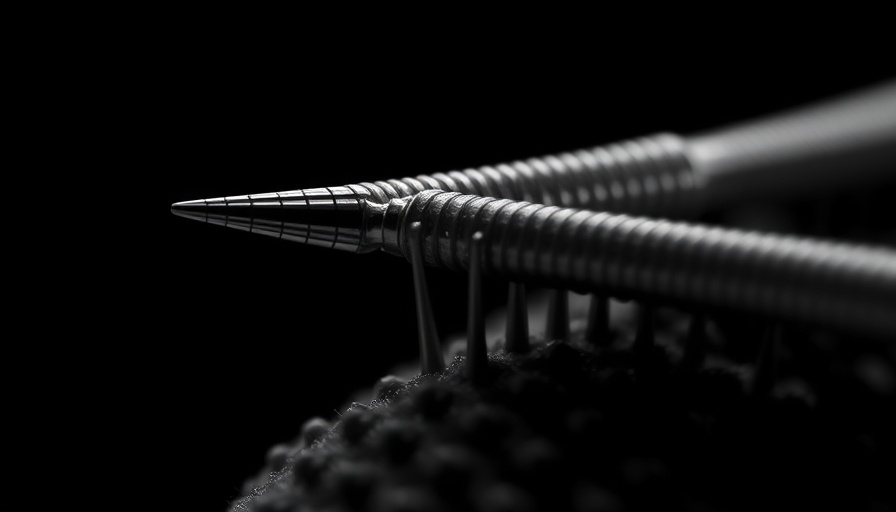
Groundbreaking Design in Medical Needles
In a marvel of modern medicine, Columbia University researchers have unveiled an innovative 3D-printed microneedle poised to change how we approach hearing loss treatments and more. ENT surgeon Anil Lalwani and mechanical engineer Jeffrey Kysar have joined forces to create a device that slices through traditional limits, offering a fresh method for administering treatments to the inner ear. This ultra-thin, ultra-sharp microneedle promises unprecedented accuracy in delivering therapies exactly where they're needed, particularly targeting hard-to-reach areas like the cochlea.
Tackling Challenges of the Inner Ear
Understanding the intricacies of the cochlea—a spiral-shaped, fluid-filled bone encapsulated in the densest bone of our bodies—illustrates the significance of this invention. Ordinarily, accessing this area with standard tools risks damaging the minute membrane, potentially leading to irreversible hearing and balance issues. However, Lalwani and Kysar's microneedle circumvents these risks by enabling safer, more precise introduction of potential gene therapies aimed at regenerating ear cells damaged by prolonged exposure to loud sounds.
Paving the Way for New Medical Insights
Beyond therapy administration, this microneedle holds the potential for diagnostic breakthroughs. By sampling fluid from the inner ear, physicians may be able to better understand and treat conditions like Meniere's disease—characterized by vertigo, nausea, and hearing loss. This capability could revolutionize how such diseases are diagnosed and managed, offering a more nuanced understanding of inner ear disorders.
The Journey of Collaboration
The partnership that birthed this innovation sprouted from a serendipitous meeting between Lalwani and Kysar, brokered by their mutual postdoctoral fellows. This melding of medical ambition and engineering prowess has charted a new course for precision medicine, serving as a testament to the power of interdisciplinary collaboration in tech-advanced medical solutions.
Future Predictions and Trends
As we embrace the era of gene therapy and personal health monitoring, the use of such microneedles is set to expand. With applications beyond the inner ear, these devices might soon facilitate treatments and diagnostics in other sensitive body regions, showcasing a broader shift toward minimally invasive medical interventions. Such advancements stand to spearhead new trends in patient care, moving confidently into a future driven by technological and medical ingenuity.
 Add Row
Add Row  Add
Add 






Write A Comment